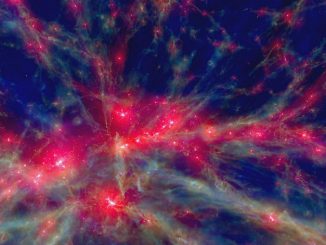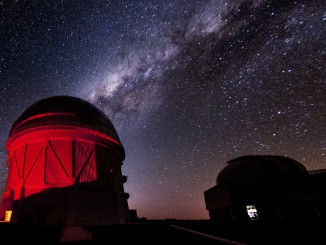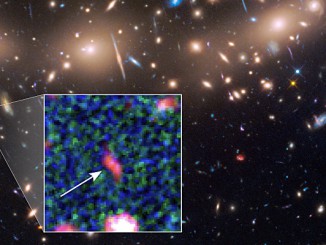
Albert Einstein’s general theory of relativity




Gravitational vortex provides new way to study matter close to a black hole
The European Space Agency’s orbiting XMM-Newton X-ray observatory has proved the existence of a ‘gravitational vortex’ around a black hole. The discovery, aided by NASA’s NuSTAR mission, solves a mystery that has eluded astronomers for more than 30 years and will allow them to map the behaviour of matter very close to black holes.

Seeds of supermassive black holes could be revealed by gravitational waves
Gravitational waves captured by space-based detectors could help identify the origins of supermassive black holes, according to new computer simulations. Durham University’s Institute for Computational Cosmology ran the huge cosmological simulations that can be used to predict the rate at which gravitational waves caused by collisions between the monster black holes might be detected.

NASA balloon mission seeks evidence of cosmological inflation
Now that scientists have confirmed the existence of gravitational waves, a NASA team using a balloon-borne observatory is set to search for a predicted signature of primordial gravitational waves that would prove the infant universe expanded far faster than the speed of light and began growing exponentially almost instantaneously after the Big Bang.

Report of first search for visible light associated with gravitational waves
Catastrophic mergers of binary black holes have been shown to generate gravitational waves, but they can also produce brilliant fireworks of light. Now a team of astronomers has used the Dark Energy Camera (DECam) mounted on the 4-metre Blanco Telescope in Chile in the first detailed search for a visible counterpart of a gravitational wave event.

Magnified image of the faintest galaxy from the early universe
Astronomers harnessing the combined power of NASA’s Hubble and Spitzer space telescopes have found the faintest object ever seen in the early universe. It existed about 400 million years after the big bang, 13.8 billion years ago. The new object is comparable in size to the Large Magellanic Cloud (LMC), a diminutive satellite galaxy of our Milky Way.

Celebrating the golden anniversary of black-hole singularities
When a star collapses forming a black hole, a space-time singularity is created wherein the laws of physics no longer work. In 1965, Sir Roger Penrose presented a theorem where he associated that singularity with so-called ”trapped surfaces” that shrink over time. That hypothesis — one of the results of the general theory of relativity — is now celebrating its 50th anniversary.

